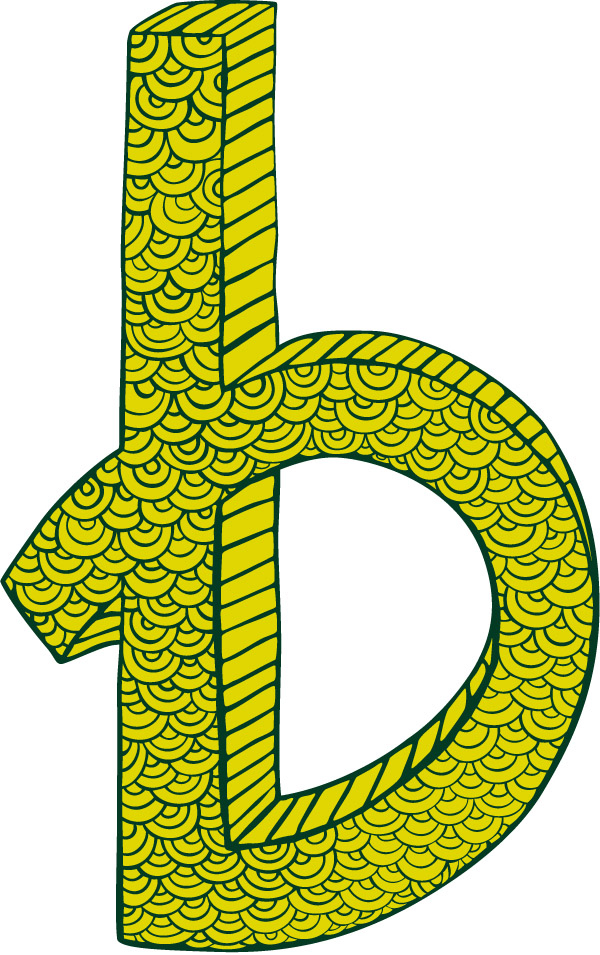Paul R. Bruski gave the final presentation of the Universal Design Symposium. This presentation was titled Info Design in Context. Information design is the branch of graphic design that deals with preparing information so people can use it easily and effectively. The basic premise of this was, instead of complicating a piece of information design, simplify it and allow the information to speak for itself. He presented a three-layer model for design in context.
1) Look (the formal aspects)
2) Context (material)
3) Task structure
He gave a number of examples during his presentation. One of them was Charles Joseph Minard’s 1861 diagram of Napoleon’s March. He did not go in depth about this but I thought it was one of the most interesting. Also it was one of the early examples of info design. Although the details of this diagram are hard to understand, the outcome of the march is very apparent.
Another example he touched on was the information design of Edward Tufte. He showed the classic O-ring failure diagram that stemmed from the Challenger tragedy. This seems to be one of the best examples of how not to display information graphics. Everything is so convoluted and the 20+ pictures of rockets on the diagram are not pertinent to the diagram. These two examples definitely represent his ideas on information design and context, and the three layer the three layer model. Unfortunately in the latter case, the designer (probably an engineer with no design background) did not take these ideas into consideration.
Another thing he talked was the emotional response to design, and how this can help or people them from gathering the information the design is presenting. The example used for this was medical decision aid cards for diabetes. It was amazing how much research they did. The emotional response these cards elicited were also pretty amazing. An object like a medical decision aid does not seem like it would elicit any kind of emotional response. But depending on how the card is designed, people will react differently to it. The most obvious and sensible example of this was the card that was almost entirely text, if I remember right; it was black and white, whereas most of the cards had color. This card was most often labeled as “scary.” I don’t know if scary is the right word, but I can see how something like that could be construed as threatening. Women and men’s reactions were also quite different to each card. That presents a bit of a problem when designing a product that will be used equally by both sexes.































